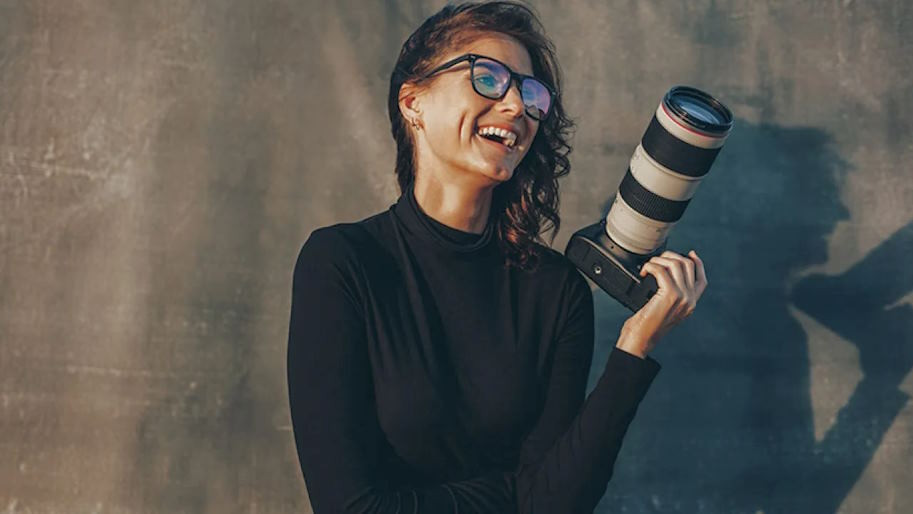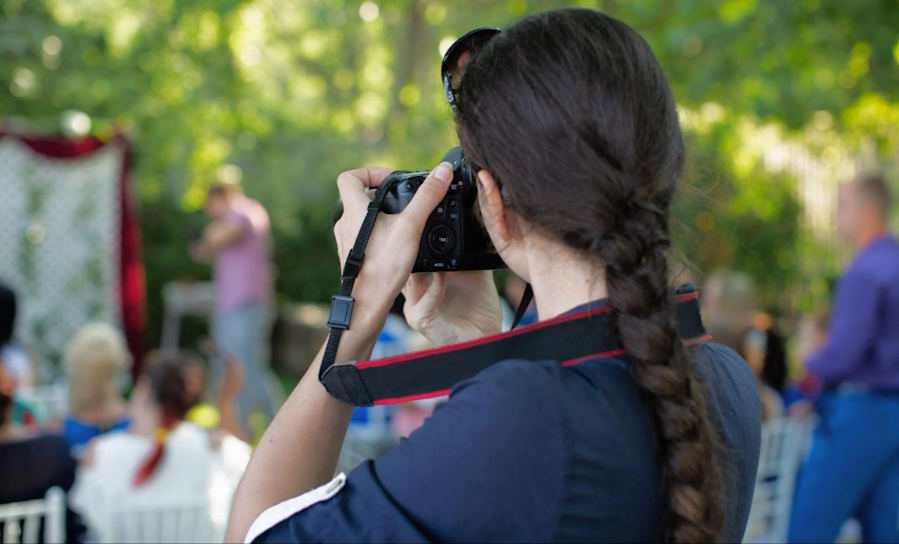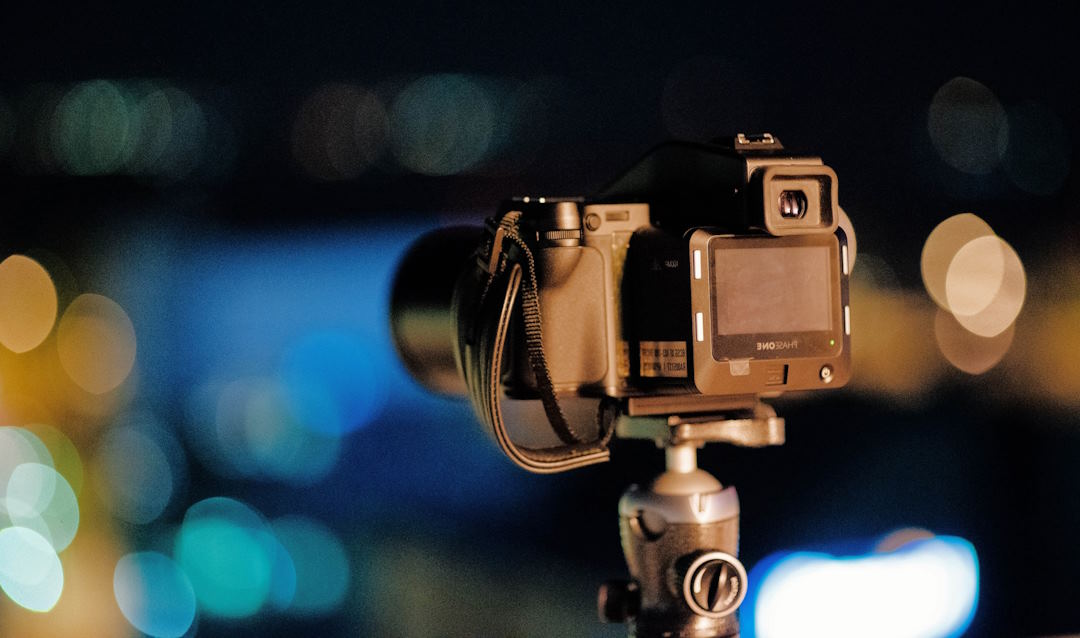- October 15, 2023
- Posted by: Mary Martin
- Category: Events Planning

Event photography is a visual narrative that breathes life into the moments we hold dear, encapsulating the very essence of our most cherished occasions. Whether it’s a joyous wedding celebration, a corporate gathering steeped in professionalism, or a community event filled with vibrancy, the art of capturing these moments requires a delicate balance of skill, preparation, and an innate understanding of the event’s unique character.
Planning Shots and Composition: Capturing the Heart of the Event
Photography, at its core, is a deliberate dance between the photographer’s vision and the fleeting moments of an event. To choreograph this dance successfully, meticulous planning and thoughtful composition are paramount.
- Creating a Shot List: A well-crafted shot list serves as the photographer’s playbook, ensuring no pivotal moment goes undocumented. Highlighting key moments, such as the exchange of vows or the cutting of a cake at a wedding, provides a roadmap for success. Yet, it’s equally crucial to weave in candid shots that immortalize the raw, unscripted emotions—laughter, tears, and shared glances—that define an event. The balance between orchestrated and spontaneous moments creates a comprehensive narrative that breathes life into each frame.
- Considering the Event Flow: Timing is everything in event photography. Understanding the flow of the occasion allows a photographer to anticipate and capture those crucial moments seamlessly. From the first guest arrivals to the final farewells, syncing with the event’s rhythm ensures no heartbeat of the occasion is missed. Simultaneously, being open to spontaneous opportunities adds an organic, unscripted dimension to the visual story.
 Mastering Lighting Techniques: Painting with Light in Event Photography
Mastering Lighting Techniques: Painting with Light in Event Photography
Lighting is the painter’s brush in the canvas of event photography, and mastering its nuances is the key to creating captivating visual masterpieces.
- Utilizing Available Natural Light: For outdoor events, the sun becomes both a formidable ally and a challenging adversary. Identifying optimal times for shooting, often during the golden hours of sunrise and sunset, ensures a soft, warm glow that enhances the atmosphere. Avoiding harsh shadows, especially during midday when the sun is at its zenith, demands strategic positioning and an acute awareness of the environment. Harnessing the play of natural light allows photographers to sculpt the scene, adding depth and dimension to their captures.
- Using Flash Effectively: When natural light wanes, the judicious use of artificial light becomes essential. Balancing flash with ambient light is an art in itself—too much flash can flatten the scene, while too little may result in underexposed images. The key lies in finding the equilibrium that highlights subjects while maintaining the ambiance of the event. Bouncing flash off ceilings or walls is a technique to soften and diffuse the light, creating a flattering, natural illumination that minimizes harsh shadows and highlights.
 Post-Event Editing and Organization: Sculpting Memories Into Timeless Frames
Post-Event Editing and Organization: Sculpting Memories Into Timeless Frames
As the curtains fall on the event, the photographer’s work is far from over—it enters the meticulous realm of post-event editing and organization. This crucial phase transforms raw captures into a symphony of visual tales.
- Selecting the Best Shots: The initial culling process involves a discerning eye. Eliminating duplicates and low-quality images paves the way for a refined collection. But beyond technicalities, choosing a variety of shots that collectively narrate the event’s story is an art. Each photograph should contribute a unique brushstroke to the canvas, capturing diverse emotions and moments that define the occasion.
- Editing for Consistency: Consistency is the glue that binds the visual narrative together. Adjusting exposure and color balance ensures a harmonious tone throughout the collection, while enhancing key features maintains the authenticity of the captured moments. Striking the delicate balance between improvement and overediting preserves the organic feel of the event, allowing the photographs to reflect the true atmosphere.
- Organizing the Final Collection: The final act involves organizing the selected images into a cohesive narrative. This goes beyond mere chronological order—creating a flow that mirrors the emotional trajectory of the event. The thoughtfully arranged collection becomes a visual journey for the viewer. Additionally, preparing images for delivery to clients or attendees involves attention to detail, ensuring the final product is not just a set of photographs but a curated experience that encapsulates the essence of the occasion.

